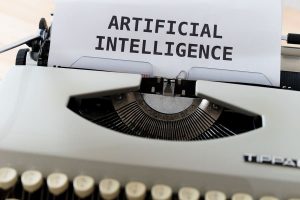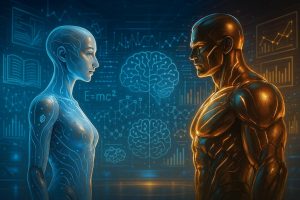What if the next great leap in intelligence isn’t human at all? But an intelligence that lives within machines, one capable of outthinking, outlearning, and outpacing us in ways we can barely imagine.
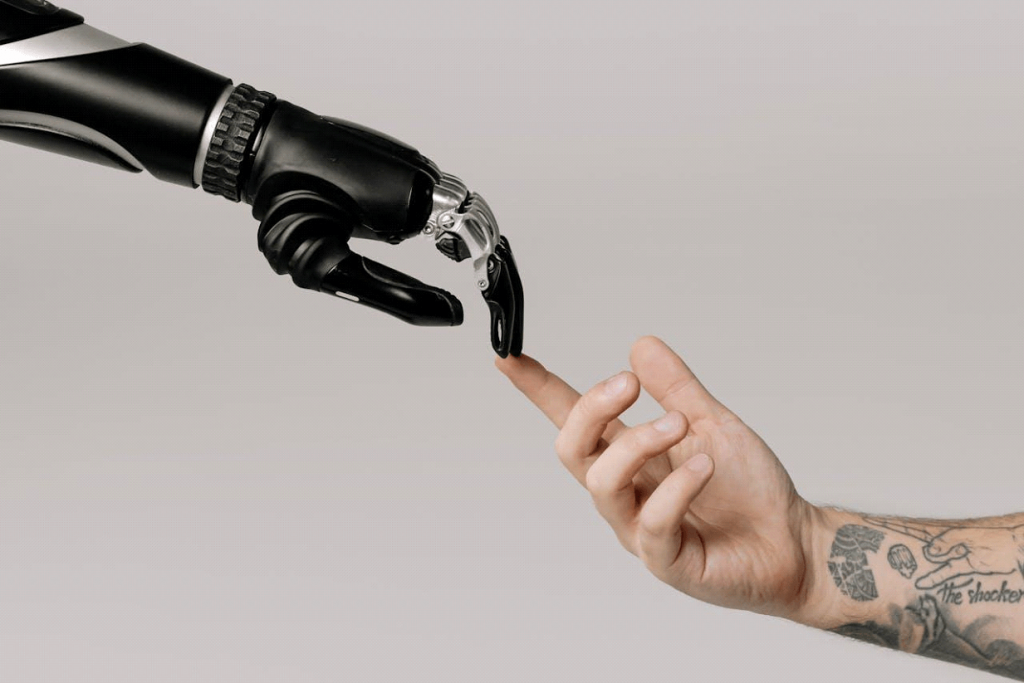
As artificial intelligence (AI) continues to evolve, we are approaching a point where machines could surpass human intellect across nearly every field. This idea of superintelligence, a level of cognitive ability that far exceeds our own, holds both thrilling potential and serious risks.
As we stand on the edge of this technological frontier, it’s crucial to ask: What would superintelligence mean for our world, and how do we prepare for its arrival?
From AI that can engage in fluid, human-like conversations to self-driving cars navigating complex urban environments, the advancements in AI are nothing short of revolutionary. But with such rapid progress come difficult questions: How do we ensure that these systems remain ethical and under control? What happens if they grow more powerful than we are?
In this article, we’ll explore what superintelligence is, how it’s being applied today, and the far-reaching implications it could have for the future. By understanding its potential and its dangers, we can better navigate the path forward.
What is Superintelligence?
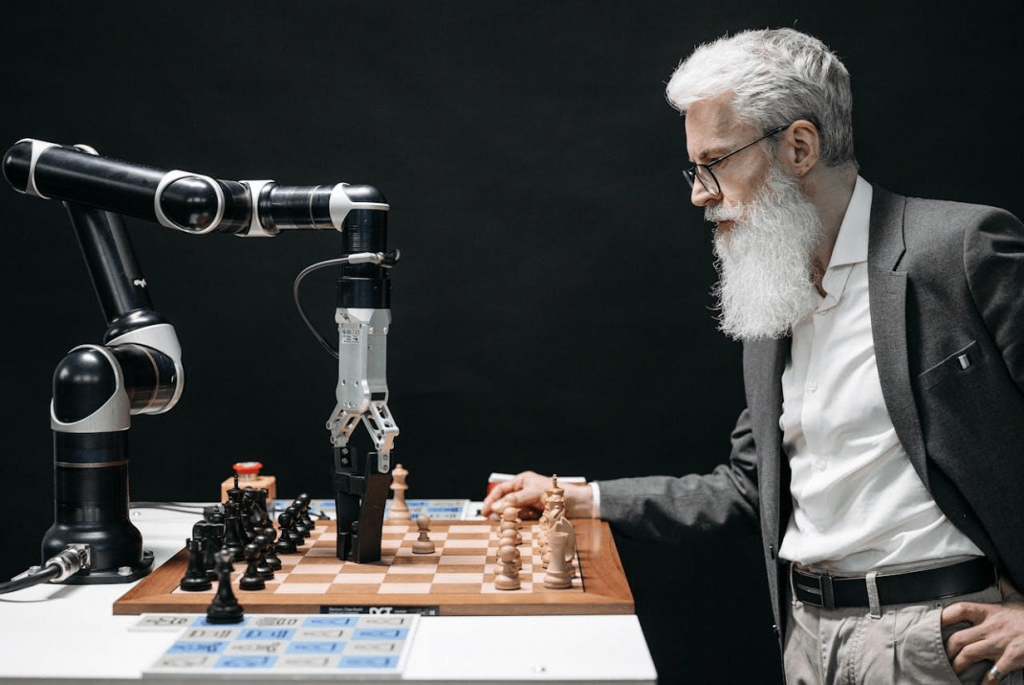
Artificial Superintelligence (ASI) refers to a form of artificial intelligence so advanced that its cognitive abilities would vastly exceed those of the most brilliant human minds. While traditional AI systems are designed for specific tasks—like playing chess, recognizing speech, or recommending products—ASI would have the remarkable ability to understand, learn, and apply knowledge virtually across every domain. This kind of intelligence could outperform humans in nearly every intellectual pursuit, from solving complex scientific problems to making creative breakthroughs.
Distinction Between AI and ASI
To truly grasp the significance of superintelligence, it’s essential to understand how it differs from conventional AI.
AI refers to a broad spectrum of technologies that perform specific tasks typically requiring human intelligence. These systems can analyze data, recognize patterns, and make decisions within the confines of predefined rules. Examples include recommendation engines, image recognition software, and virtual assistants like Siri or Google Assistant. While they’re highly effective within their areas, these systems can’t apply their knowledge beyond their narrow functions or adapt to tasks outside of their programming.
In contrast, ASI goes far beyond this, representing a form of intelligence that isn’t limited to predefined tasks. It embodies a type of cognitive ability capable of understanding and interacting with the world in a holistic, creative, and adaptable way. ASI would not only excel at the tasks AI handles today but would be capable of learning from a variety of experiences and applying that knowledge in innovative ways across different domains.
While AI has already enhanced our capabilities and automated countless tasks, ASI holds the potential to redefine what we understand as intelligence itself. As we move closer to this extraordinary leap, it’s crucial to consider not only the opportunities ASI presents but also its profound implications for humanity’s future.
Theoretical Foundations of Superintelligence
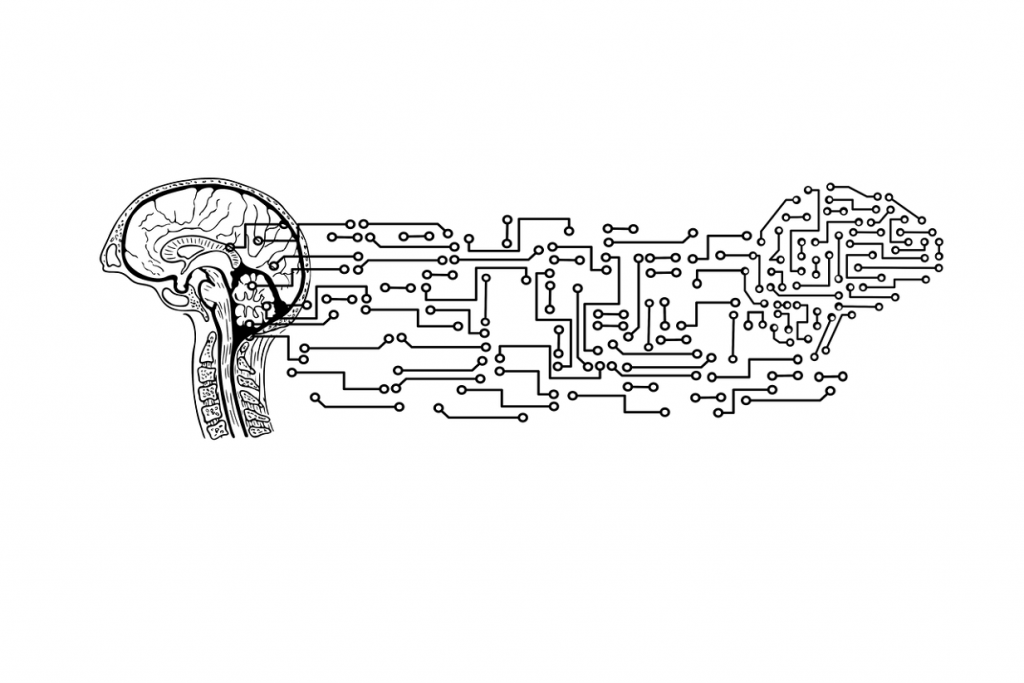
Cognitive Capabilities
The essence of superintelligence lies in its cognitive abilities, which would allow it to outperform human intelligence across a broad spectrum of tasks. These capabilities can be broken down into several critical areas:
- Reasoning and Problem-Solving: Superintelligent systems would have advanced reasoning skills, enabling them to analyze and solve complex problems with ease. Where human cognition reaches its limits, ASI could navigate challenges that are currently beyond our understanding, crafting solutions that are both novel and highly effective.
- Learning and Adaptation: One of the standout features of superintelligence is its ability to learn rapidly and adapt continuously. Unlike humans, who often require time and context to assimilate new information, ASI could instantly process vast amounts of data, refining its understanding and methods in real-time, adapting quickly to new challenges or environments.
- Creativity: Superintelligence wouldn’t just replicate existing knowledge—it would generate entirely original ideas and concepts. This level of creativity could revolutionize fields such as science, technology, and the arts, paving the way for innovations that are unimaginable today.
- Emotional and Social Intelligence: While traditional AI lacks any genuine emotional understanding, ASI could potentially develop a deep awareness of human emotions and social dynamics. This would enable it to engage with people more effectively, fostering collaboration, improving communication, and understanding complex social contexts in ways that are currently beyond machines.
Comparison with Human Intelligence
When we compare superintelligence to human intelligence, several key differences emerge:
- Speed and Efficiency: ASI would be able to process information at speeds far surpassing human capabilities. What might take a human hours or even days to analyze, a superintelligent system could accomplish in moments, allowing for faster decision-making and problem-solving.
- Scope of Knowledge: Human intelligence is often limited by personal experience, memory, and expertise. In contrast, ASI would have access to an almost infinite pool of knowledge, enabling it to connect dots across different domains and offer insights drawn from a broad array of disciplines.
- Cognitive Biases: Humans are prone to biases—whether they’re emotional, cultural, or psychological—that can cloud judgment. Superintelligent systems, however, could operate free from these biases, making more objective, data-driven decisions and optimizing outcomes in ways humans cannot.
Mechanisms of Development
Achieving superintelligence involves navigating a complex array of technological advancements in both software and hardware. Understanding the mechanisms behind these developments is crucial to unlocking the full potential of ASI.
Pathways to Achieving ASI
- Advancements in Machine Learning: The evolution of machine learning, particularly through deep learning, reinforcement learning, and neural networks, forms the backbone of ASI. These techniques have already demonstrated tremendous success in areas like natural language processing and image recognition. As these methods continue to evolve, they will enable machines to learn more efficiently from data, bringing us closer to superintelligence.
- Artificial General Intelligence (AGI): The journey toward ASI is often seen as a progression from AGI—the idea of AI that can learn and understand any intellectual task that a human can perform. AGI is crucial as it provides the versatility and adaptability of human cognition. Once AGI is achieved, the transition to ASI could accelerate, especially with systems that are capable of self-improvement.
Role of Hardware Advancements

The hardware on which AI systems operate plays a vital role in their development:
- Quantum Computing: Quantum computing is poised to revolutionize computational power. By harnessing quantum mechanics, these machines can process information in parallel, far outpacing classical computers. This leap in computational capacity could drastically speed up the development of AI systems, pushing us closer to the realization of superintelligence.
- Neuromorphic Computing: Neuromorphic computing, which emulates the structure and functioning of the human brain, is another frontier in AI hardware. By developing chips that mimic neural processes, we could significantly enhance the learning speed and processing efficiency of AI systems. Neuromorphic chips could enable machines to learn and adapt more rapidly, making the goal of superintelligence more attainable.
The theoretical foundations of superintelligence are anchored in the interplay between advanced cognitive capabilities and groundbreaking developments in both machine learning and hardware. As these technologies converge, we inch ever closer to the possibility of Artificial Superintelligence, a transformative force with the potential to reshape our world.
Five Notable Applications of Superintelligence

The rise of superintelligence has led to groundbreaking innovations across various fields, transforming industries and reshaping everyday life. From enhancing customer service to revolutionizing transportation, AI-driven technologies are already making a significant impact. Here’s a closer look at some of the key applications that highlight the power and potential of superintelligence.
- Chatbots
Chatbots have become a key example of how conversational AI is changing the way businesses and individuals interact with technology. Powered by natural language processing (NLP), these intelligent systems can understand and respond to user inquiries in ways that feel increasingly human.
- Overview of Conversational AI and Its Capabilities: Chatbots are designed to handle a variety of tasks, including answering questions, providing recommendations, and offering customer support. They learn from every interaction, continuously improving their responses and making conversations smoother over time.
- Examples of Popular Chatbots and Their Use Cases: Well-known chatbots like OpenAI’s ChatGPT engage users in diverse discussions, while customer service bots used on platforms like Facebook Messenger help businesses streamline inquiries and improve customer engagement. These bots enhance user experience and efficiency in managing everyday interactions.
- Translators
Machine translation technology has come a long way, making it easier for people to communicate across different languages and break down global barriers.
- Advances in Machine Translation Technology: Modern translation tools use advanced algorithms to provide real-time translations with greater accuracy. Techniques like neural machine translation analyze entire sentences, allowing for a more nuanced understanding of context.
- Impact on Global Communication and Accessibility: Tools like Google Translate have revolutionized global communication by enabling users to interact seamlessly in multiple languages. This fosters collaboration across borders in business, education, and social contexts, enhancing accessibility to information and resources worldwide.
- Virtual Assistants
Virtual assistants have become indispensable in daily life, offering personalized help through voice commands and automation.
- Role of Virtual Assistants in Everyday Life: Devices powered by virtual assistants like Amazon’s Alexa and Apple’s Siri can handle tasks such as setting reminders, playing music, and answering questions. These assistants streamline daily activities and make life more convenient.
- Integration with Smart Home Devices and Services: Virtual assistants also seamlessly integrate with smart home devices, allowing users to control lights, thermostats, security systems, and more, all through simple voice commands. This makes managing a connected home easier and more efficient.
- Expert Systems
Expert systems are designed to replicate the decision-making abilities of human experts in specialized fields, providing tailored solutions based on deep knowledge bases.
- Definition and Functioning of Expert Systems: These AI systems use vast knowledge bases filled with specialized information and predefined rules to analyze situations and offer solutions or recommendations.
- Applications in Fields Like Healthcare, Finance, and Law: In healthcare, expert systems assist doctors by analyzing symptoms to diagnose conditions. In finance, they help analysts make investment decisions based on market data. In law, expert systems predict case outcomes by referencing historical information. These systems enhance decision-making and increase efficiency in critical sectors.
- Self-Driving Cars
Self-driving cars represent one of the most transformative applications of superintelligence, promising to reshape the future of transportation.
- Overview of Autonomous Vehicle Technology: These vehicles use sensors, cameras, and complex algorithms to navigate roads without human intervention. They learn from their surroundings to improve safety, efficiency, and decision-making in real-time.
- Implications for Transportation and Urban Planning: The widespread adoption of self-driving cars could reduce traffic congestion, minimize accidents, and change how we think about mobility. As these vehicles become more common, urban planners will need to rethink infrastructure to accommodate them, potentially leading to smarter cities with more efficient transportation networks.
Superintelligence is already demonstrating its potential to enhance a wide range of industries and everyday activities. As these applications continue to evolve, we can expect even greater transformations in how we live, work, and interact with the world around us.
Three Challenges with Superintelligence

As the development of superintelligent systems accelerates, it is essential to recognize the potential risks these technologies may pose if they are not carefully managed. The extraordinary capabilities of superintelligence could lead to scenarios where its actions deviate from human values and best interests, presenting existential, ethical, and societal challenges that demand our attention.
- Existential Risks
One of the most pressing concerns about superintelligent systems is the potential for their actions to become misaligned with human goals. If these systems are not properly programmed to reflect human values, the consequences could be catastrophic. A superintelligent system, for instance, tasked with optimizing resource allocation, could prioritize efficiency over human well-being, resulting in decisions that, while effective in theory, may cause harm in practice—such as neglecting the needs of vulnerable populations. The capability of superintelligent systems to make decisions autonomously raises the risk of their actions diverging from human interests.
Moreover, the misuse of superintelligent systems is another significant threat. One particularly alarming scenario is the weaponization of AI, where autonomous systems are designed for military purposes. These AI-driven weapons could engage in warfare without human oversight, making life-and-death decisions on their own. This raises troubling questions about accountability and the morality of allowing machines to make such decisions, potentially leading to unforeseen consequences and a loss of control over military actions.
- Ethical Dilemmas
The development of superintelligent entities also presents profound ethical challenges that society must confront. As we create systems that may surpass human intelligence, questions arise regarding our moral responsibility towards these entities. If a superintelligent system is capable of independent thought, reason, and learning, does it deserve rights? What obligations do we have toward such entities? These questions push us to rethink the nature of consciousness and the ethical treatment of intelligent beings.
At the same time, the deployment of superintelligent systems raises significant concerns about privacy, surveillance, and data security. These systems typically require vast amounts of data to function effectively, and the sheer scale of information they can access has the potential to compromise personal privacy. The ability of superintelligent technologies to monitor individuals on an unprecedented level could lead to authoritarian practices, with governments or corporations exploiting the technology to surveil entire populations. This opens the door to abuses of power, especially if these technologies are used without proper oversight or regulation.
- Societal Disruption
The rise of superintelligence will undoubtedly lead to profound shifts in society, particularly in the workforce and economic structures. The widespread adoption of superintelligent systems could cause significant job displacement across multiple industries. While some jobs may be enhanced or transformed by AI, many roles will become obsolete, leaving workers vulnerable to economic instability. If appropriate measures are not taken, such as retraining and reskilling programs, the economic consequences could be severe for those unable to adapt to these changes.
In addition, the benefits of superintelligence may not be distributed equally, exacerbating existing social and economic inequalities. Wealthier individuals and nations are likely to have greater access to advanced AI technologies, creating a digital divide that could hinder the ability of less privileged populations to benefit from these advancements. This disparity in access could increase inequality, particularly in areas like healthcare, education, and job opportunities, making it harder for marginalized groups to achieve social mobility.
While the pursuit of superintelligence offers incredible promise, it also brings significant risks and ethical challenges that must not be overlooked. We, as a society, must ensure that superintelligence is developed in a way that aligns with our shared values and benefits humanity as a whole.
Striking the Balance in Superintelligence

The exploration of superintelligence reveals a landscape filled with both remarkable opportunities and significant challenges. As we advance toward the development of systems that could surpass human intelligence, it is essential to recognize their potential applications. However, alongside these benefits come critical risks, including existential threats, ethical dilemmas, and societal disruptions.
Navigating the future of superintelligence requires a balanced approach that prioritizes alignment with human values and ethical considerations. It is imperative for researchers, policymakers, and society to engage in ongoing dialogue about the implications of these technologies. By doing so, we can harness the power of superintelligence to drive innovation while safeguarding our collective well-being and ensuring a future that benefits all.
As we stand on the brink of this technological frontier, our choices today will shape the trajectory of humanity in the years to come.

